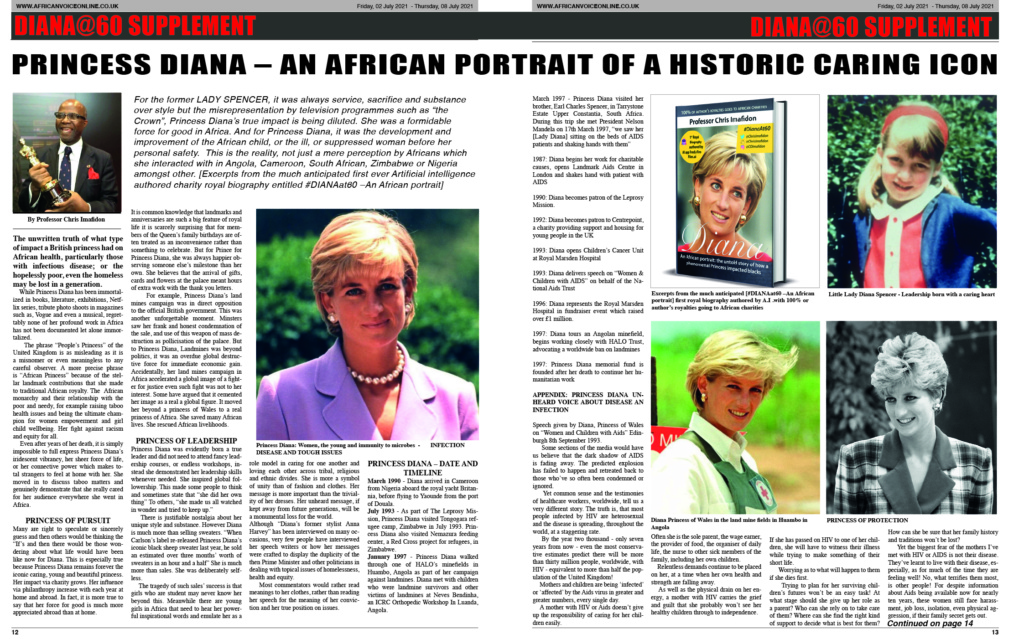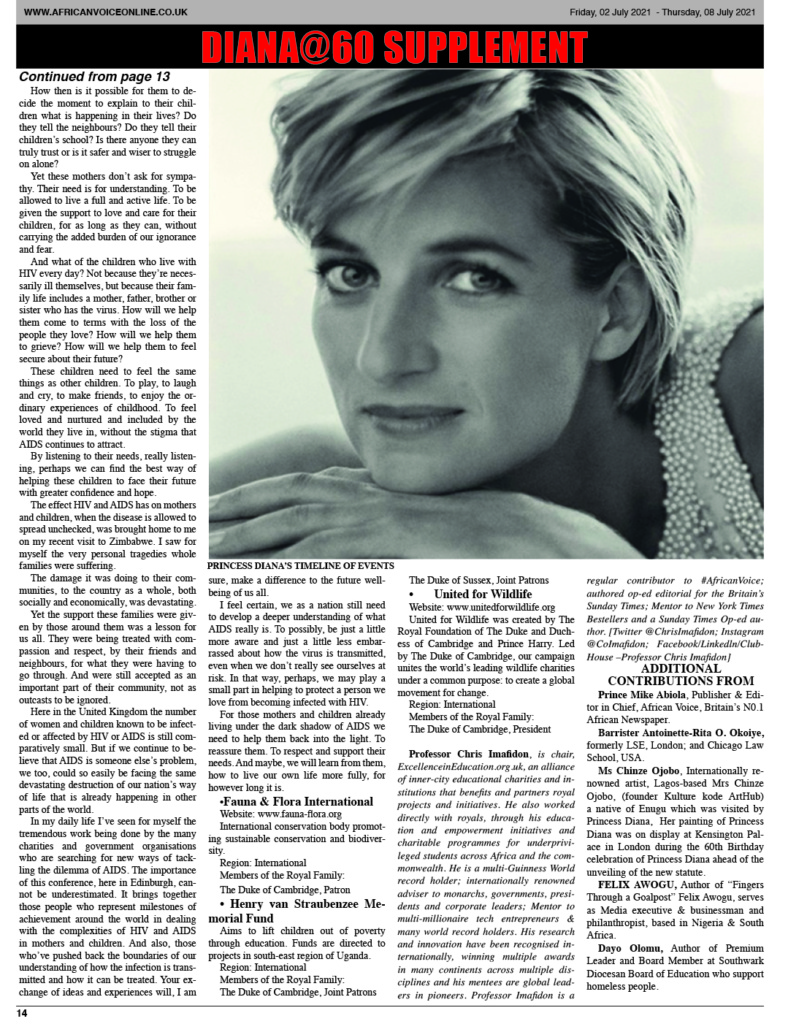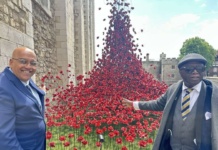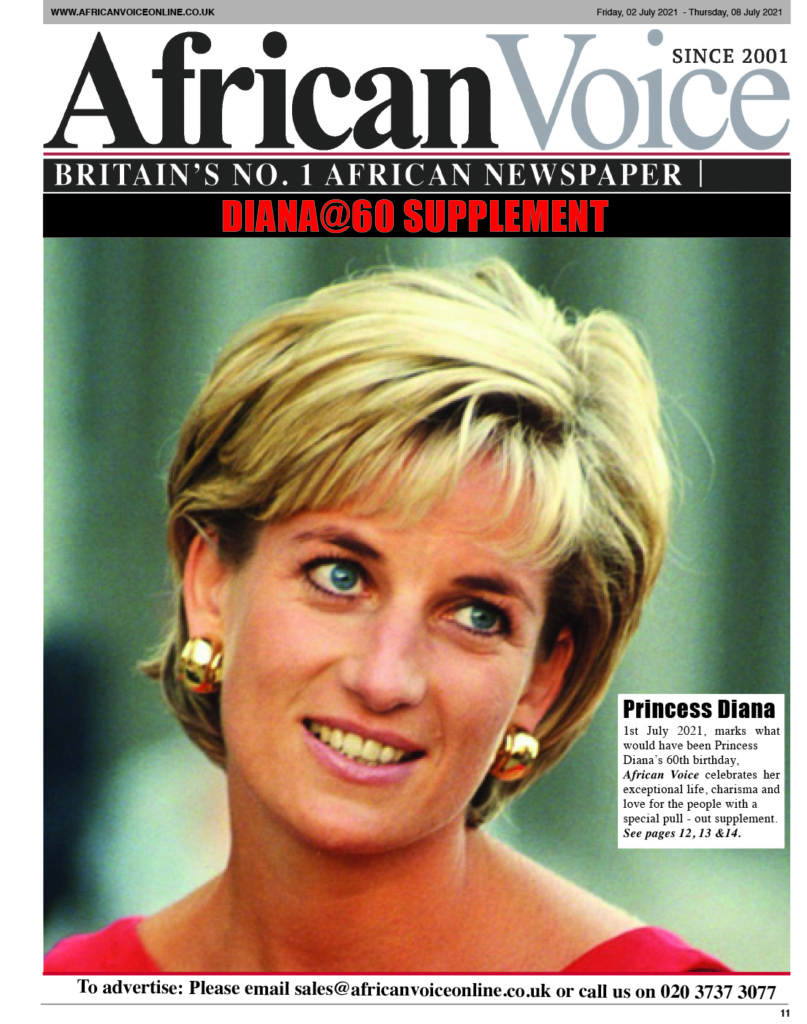
For the former LADY SPENCER, it was always service, sacrifice and substance over style but the misrepresentation by television programmes such as “the Crown”, Princess Diana’s true impact is being diluted. She was a formidable force for good in Africa. And for Princess Diana, it was the development and improvement of the African child, or the ill, or suppressed woman before her personal safety. This is the reality, not just a mere perception by Africans which she interacted with in Angola, Cameroon, South African, Zimbabwe or Nigeria amongst other. [Excerpts from the much anticipated first ever Artificial intelligence authored charity royal biography entitled #DIANAat60 –An African portrait]
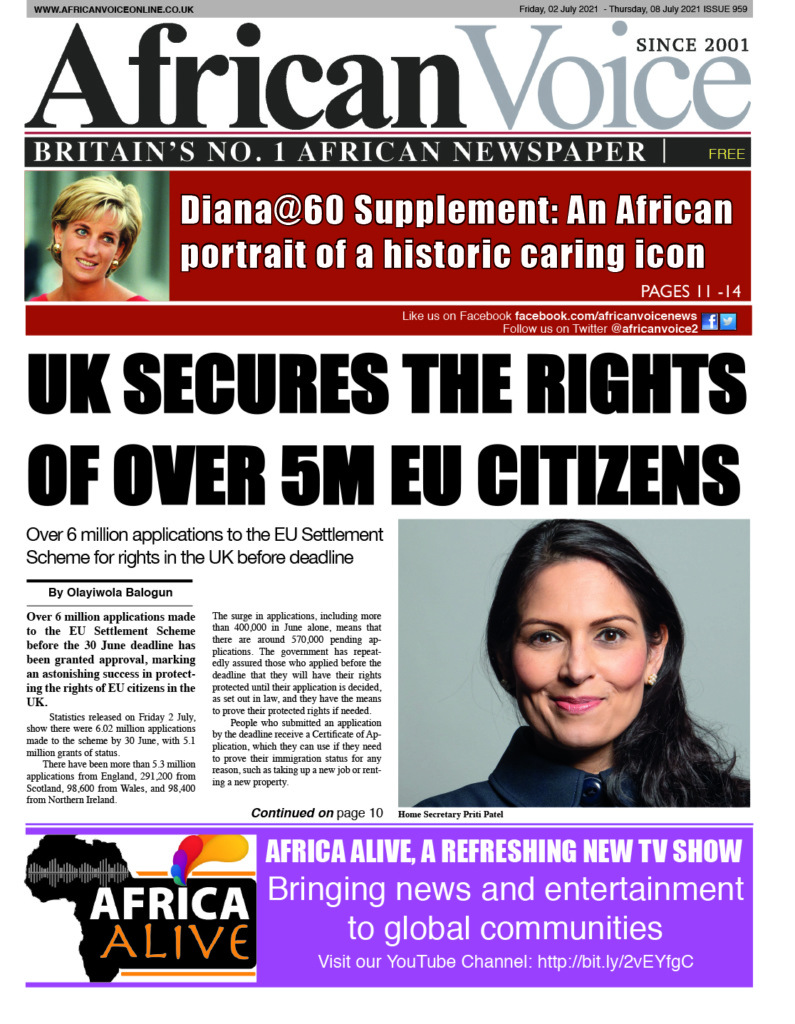

with 100% or author’s royalties going to African charities.
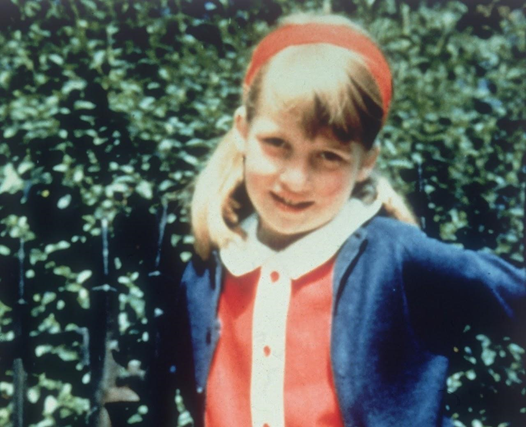
By Prof. Chris Imafidon – The unwritten truth of what type of impact a British princess had on African health, particularly those with infectious disease; or the hopelessly poor, even the homeless may be lost in a generation.
While Princess Diana has been immortalized in books, literature, exhibitions, Netflix series, tribute photo shoots in magazines such as, Vogue and even a musical, regrettably none of her profound work in Africa has not been documented let alone immortalized.
The phrase “People’s Princess” of the United Kingdom is as misleading as it is a misnomer or even meaningless to any careful observer. A more precise phrase is “African Princess” because of the stellar landmark contributions that she made to traditional African royalty. The African monarchy and their relationship with the poor and needy, for example raising taboo health issues and being the ultimate champion for women empowerment and girl child wellbeing. Her fight against racism and equity for all.
Even after years of her death, it is simply impossible to full express Princess Diana’s iridescent vibrancy, her sheer force of life, or her connective power which makes total strangers to feel at home with her. She moved in to discuss taboo matters and genuinely demonstrate that she really cared for her audience everywhere she went in Africa.
PRINCESS OF PURSUIT
Many are right to speculate or sincerely guess and then others would be thinking the “If’s and then there would be those wondering about what life would have been like now for Diana. This is especially true because Princess Diana remains forever the iconic caring, young and beautiful princess. Her impact via charity grows. Her influence via philanthropy increase with each year at home and abroad. In fact, it is more true to say that her force for good is much more appreciated abroad than at home.
It is common knowledge that landmarks and anniversaries are such a big feature of royal life it is scarcely surprising that for members of the Queen’s family birthdays are often treated as an inconvenience rather than something to celebrate. But for Prince for Princess Diana, she was always happier observing someone else’s milestone than her own. She believes that the arrival of gifts, cards and flowers at the palace meant hours of extra work with the thank you letters.
For example, Princess Diana’s land mines campaign was in direct opposition to the official British government. This was another unforgettable moment. Minsters saw her frank and honest condemnation of the sale, and use of this weapon of mass destruction as pollicisation of the palace. But to Princess Diana, Landmines was beyond politics, it was an overdue global destructive force for immediate economic gain. Accidentally, her land mines campaign in Africa accelerated a global image of a fighter for justice even such fight was not to her interest. Some have argued that it cemented her image as a real a global figure. It moved her beyond a princess of Wales to a real princess of Africa. She saved many African lives. She rescued African livelihoods.
PRINCESS OF LEADERSHIP
Princess Diana was evidently born a true leader and did not need to attend fancy leadership courses, or endless workshops, instead she demonstrated her leadership skills whenever needed. She inspired global followership. This made some people to think and sometimes state that “she did her own thing” To others, “she made us all watched in wonder and tried to keep up.”
There is justifiable nostalgia about her unique style and substance. However Diana is much more than selling sweaters. “When Carlson’s label re-released Princess Diana’s iconic black sheep sweater last year, he sold an estimated over three months’ worth of sweaters in an hour and a half” She is much more than sales. She was deliberately self-less.
The tragedy of such sales’ success is that girls who are student may never know her beyond this. Meanwhile there are young girls in Africa that need to hear her powerful inspirational words and emulate her as a role model in caring for one another and loving each other across tribal, religious and ethnic divides. She is more a symbol of unity than of fashion and clothes. Her message is more important than the triviality of her dresses. Her unheard message, if kept away from future generations, will be a monumental loss for the world.
Although “Diana’s former stylist Anna Harvey” has been interviewed on many occasions, very few people have interviewed her speech writers or how her messages were crafted to display the duplicity of the then Prime Minister and other politicians in dealing with topical issues of homelessness, health and equity.
Most commentators would rather read meanings to her clothes, rather than reading her speech for the meaning of her conviction and her true position on issues.
PRINCESS DIANA – DATE AND TIMELINE
March 1990 – Diana arrived in Cameroon from Nigeria aboard the royal yacht Britannia, before flying to Yaounde from the port of Douala.
July 1993 – As part of The Leprosy Mission, Princess Diana visited Tongogara refugee camp, Zimbabwe in July 1993. Princess Diana also visited Nemazura feeding center, a Red Cross project for refugees, in Zimbabwe.
January 1997 – Princess Diana walked through one of HALO’s minefields in Huambo, Angola as part of her campaign against landmines. Diana met with children who were landmine survivors and other victims of landmines at Neves Bendinha, an ICRC Orthopedic Workshop In Luanda, Angola.
March 1997 – Princess Diana visited her brother, Earl Charles Spencer, in Tarrystone Estate Upper Constantia, South Africa. During this trip she met President Nelson Mandela on 17th March 1997, “we saw her [Lady Diana] sitting on the beds of AIDS patients and shaking hands with them”
1987: Diana begins her work for charitable causes, opens Landmark Aids Centre in London and shakes hand with patient with AIDS
1990: Diana becomes patron of the Leprosy Mission.
1992: Diana becomes patron to Centrepoint, a charity providing support and housing for young people in the UK
1993: Diana opens Children’s Cancer Unit at Royal Marsden Hospital
1993: Diana delivers speech on “Women & Children with AIDS” on behalf of the National Aids Trust
1996: Diana represents the Royal Marsden Hospital in fundraiser event which raised over £1 million.
1997: Diana tours an Angolan minefield, begins working closely with HALO Trust, advocating a worldwide ban on landmines
1997: Princess Diana memorial fund is founded after her death to continue her humanitarian work.
Speech given by Diana, Princess of Wales on “Women and Children with Aids” Edinburgh 8th September 1993
Some sections of the media would have us believe that the dark shadow of AIDS is fading away. The predicted explosion has failed to happen and retreated back to those who’ve so often been condemned or ignored.
Yet common sense and the testimonies of healthcare workers, worldwide, tell us a very different story. The truth is, that most people infected by HIV are heterosexual and the disease is spreading, throughout the world, at a staggering rate.
By the year two thousand – only seven years from now – even the most conservative estimates predict there will be more than thirty million people, worldwide, with HIV – equivalent to more than half the population of the United Kingdom!
Mothers and children are being ‘infected’ or ‘affected’ by the Aids virus in greater and greater numbers, every single day.
A mother with HIV or Aids doesn’t give up the responsibility of caring for her children easily. Often she is the sole parent, the wage earner, the provider of food, the organiser of daily life, the nurse to other sick members of the family, including her own children. Relentless demands continue to be placed on her, at a time when her own health and strength are falling away.
As well as the physical drain on her energy, a mother with HIV carries the grief and guilt that she probably won’t see her healthy children through to independence. If she has passed on HIV to one of her children, she will have to witness their illness while trying to make something of their short life. Worrying as to what will happen to them if she dies first.
Trying to plan for her surviving children’s futures won’t be an easy task! At what stage should she give up her role as a parent? Who can she rely on to take care of them? Where can she find the right kind of support to decide what is best for them? How can she be sure that her family history and traditions won’t be lost?
Yet the biggest fear of the mothers I’ve met with HIV or AIDS is not their disease. They’ve learnt to live with their disease, especially, as for much of the time they are feeling well! No, what terrifies them most, is other people! For despite information about Aids being available now for nearly ten years, these women still face harassment, job loss, isolation, even physical aggression, if their family secret gets out.
How then is it possible for them to decide the moment to explain to their children what is happening in their lives? Do they tell the neighbours? Do they tell their children’s school? Is there anyone they can truly trust or is it safer and wiser to struggle on alone?
Yet these mothers don’t ask for sympathy. Their need is for understanding. To be allowed to live a full and active life. To be given the support to love and care for their children, for as long as they can, without carrying the added burden of our ignorance and fear.
And what of the children who live with HIV every day? Not because they’re necessarily ill themselves, but because their family life includes a mother, father, brother or sister who has the virus. How will we help them come to terms with the loss of the people they love? How will we help them to grieve? How will we help them to feel secure about their future?
These children need to feel the same things as other children. To play, to laugh and cry, to make friends, to enjoy the ordinary experiences of childhood. To feel loved and nurtured and included by the world they live in, without the stigma that AIDS continues to attract.
By listening to their needs, really listening, perhaps we can find the best way of helping these children to face their future with greater confidence and hope.
The effect HIV and AIDS has on mothers and children, when the disease is allowed to spread unchecked, was brought home to me on my recent visit to Zimbabwe. I saw for myself the very personal tragedies whole families were suffering.
The damage it was doing to their communities, to the country as a whole, both socially and economically, was devastating.
Yet the support these families were given by those around them was a lesson for us all. They were being treated with compassion and respect, by their friends and neighbours, for what they were having to go through. And were still accepted as an important part of their community, not as outcasts to be ignored.
Here in the United Kingdom the number of women and children known to be infected or affected by HIV or AIDS is still comparatively small. But if we continue to believe that AIDS is someone else’s problem, we too, could so easily be facing the same devastating destruction of our nation’s way of life that is already happening in other parts of the world.
In my daily life I’ve seen for myself the tremendous work being done by the many charities and government organisations who are searching for new ways of tackling the dilemma of AIDS. The importance of this conference, here in Edinburgh, cannot be underestimated. It brings together those people who represent milestones of achievement around the world in dealing with the complexities of HIV and AIDS in mothers and children. And also, those who’ve pushed back the boundaries of our understanding of how the infection is transmitted and how it can be treated. Your exchange of ideas and experiences will, I am sure, make a difference to the future well-being of us all.
I feel certain, we as a nation still need to develop a deeper understanding of what AIDS really is. To possibly, be just a little more aware and just a little less embarrassed about how the virus is transmitted, even when we don’t really see ourselves at risk. In that way, perhaps, we may play a small part in helping to protect a person we love from becoming infected with HIV.
For those mothers and children already living under the dark shadow of AIDS we need to help them back into the light. To reassure them. To respect and support their needs. And maybe, we will learn from them, how to live our own life more fully, for however long it is.
Professor Chris Imafidon, is chair, ExcellenceinEducation.org.uk, an alliance of inner-city educational charities and institutions that benefits and partners royal projects and initiatives. He also worked directly with royals, through his education and empowerment initiatives and charitable programmes for underprivileged students across Africa and the commonwealth. He is a multi-Guinness World record holder; internationally renowned adviser to monarchs, governments, presidents and corporate leaders; Mentor to multi-millionaire tech entrepreneurs & many world record holders. His research and innovation have been recognised internationally, winning multiple awards in many continents across multiple disciplines and his mentees are global leaders in pioneers. Professor Imafidon is a regular contributor to #AfricanVoice; authored op-ed editorial for the Britain’s Sunday Times; Mentor to New York Times Bestellers and a Sunday Times Op-ed author. [Twitter @ChrisImafidon; Instagram @CoImafidon; Facebook/Linkedln/ClubHouse –Professor Chris Imafidon]
ADDITIONAL CONTRIBUTIONS FROM
Prince Mike Abiola, Publisher & Editor in Chief, African Voice, Britain’s N0.1 African Newspaper.
Barrister Antoinette-Rita O. Okoiye, formerly LSE, London; and Chicago Law School, USA.
Ms Chinze Ojobo, Internationally renowned artist, Lagos-based Mrs Chinze Ojobo, (founder Kulture kode ArtHub) a native of Enugu which was visited by Princess Diana, Her painting of Princess Diana was on display at Kensington Palace in London during the 60th Birthday celebration of Princess Diana ahead of the unveiling of the new statute.
FELIX AWOGU, Author of “Fingers Through a Goalpost” Felix Awogu, serves as Media executive & businessman and philanthropist, based in Nigeria & South Africa.
Dayo Olomu, Author of Premium Leader and Board Member at Southwark Diocesan Board of Education who support homeless people.
Kindly follow us on twitter:@AfricanVoice2
